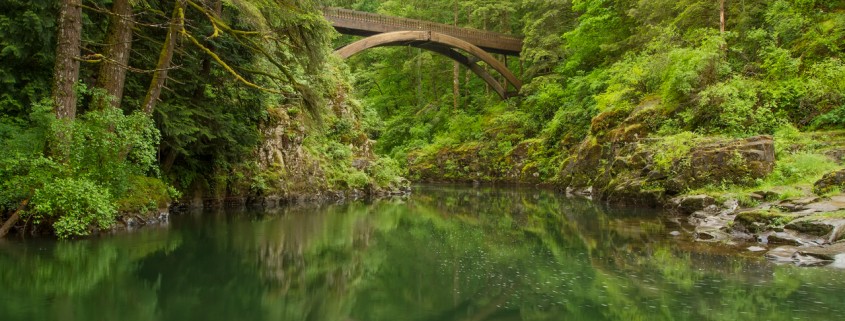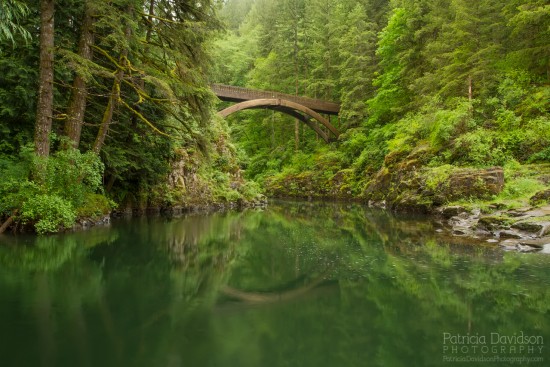10 Steps to starting a Nature Photography Business
Over the last few years, I’ve consulted with photographers who have an interest in selling their nature photography prints either online or through various types of retail shops. They have had questions about basic photography business start up information, so I thought I would share some of the things I’ve talked about with them. Though I can only speak to what I know about for my own city and state requirements within the United States. You’ll need to do some research into your own area to know the steps you need to take in order to start your photography business.
1. Write a Photography Business Plan
It is important to get a vision of what your photography business should be about going forward. Creating a business plan is a great exercise for anyone in business. Setting goals and following your plans will keep you from floundering in your day-to-day tasks.
Defining and implementing your social media strategies are equally important to get your business in front of potential clients.
You can get more information from the Small Business Administration (SBA) about creating a business plan. There are a lot of great resources online for learning how to draft your first business plan.
2. Business Structure
You should decide what your legal business structure would be for your federal tax obligations. Most photographers start out as sole-proprietors. Some may change to a Limited Liability Company (LLC) if they begin doing workshops for greater liability protection. I’m no lawyer, so I can’t tell you exactly what to do in your situation. You can read all about the differences on the Small Business Association (SBA) website.
3. Register your photography business name (DBA)
After you choose your business name, some states may have you register your business name. I did this in my state of Oregon. First, search the state database to see if your chosen business name is taken. Once you register and pay a small fee, you can renew every two years. Be sure and research it to find out if this is a requirement in the state you live in.
4. Apply for a Photography Business License
Check with your local city hall to find out if your city requires a business license. In my city, if you are operating any type of business you must get approval and pay a small fee to operate legally, even if you work from home. If you are operating without a license, you could pay a penalty. It’s definitely not worth the risk when the annual fee is around $25 where I live.
5. Get a separate Checking Account
There are several reasons why you should have a separate business checking account for conducting any nature photography business, but an important one is that it will be easier for keeping records, especially at tax time. If you want to claim some of your business deductions for your business you simply must keep your records separate from your personal.
Some banks may require that you show proof that your business is legal. They may ask to see your Business Name Registration or your city Business License. My bank did.
6. Online Payment Processing
There are several great services available where you can accept credit card payments easily, whether on the phone, in person or online. Some of the top services are PayPay, Square and Wave. There are many more to choose from. Check with other business owners or photographers to see what they use to get an idea what is out there. You can set up these services to receive money from purchases made through your website. You can send out invoices to your customers to receive payment for products or services. Most services can also send you a card swipe device so that you can accept credit card payments when you are face-to-face with clients. The device will connect directly with any mobile device and interact with their business app.
7. Accounting Software
You need a way to track your business expenses and the income you earn. Don’t wait until tax time to gather your receipts. Keeping good records throughout the year will help reduce stress when taxes are due. There are many programs out there that will make your life easier. Some are software you can install on your computer and many more these days, are online only. Here are just a few to get you started in your research: Quickbooks, Freshbooks, Outright and Wave. There are some that just use Excel for tracking. It’s really up to you to find the right solution that works best for you.
8. Domain Name Registration
Since you’ve registered your business name as mentioned above, you can find a domain name that will be your web address or dot com. Look for a reputable domain name registrar to see if your business name is available. Sometimes you need to get creative if your idea has already been taken. This will have to be renewed every year. I like to register several years in advance.
I personally have used NameCheap as my registrar for many years. I have dealt with many more over the years that were my client’s.
9. Professional Nature Photography Website
I am very passionate about having a professional website. As a web designer and developer for many years, I know first hand how important it is to have a web presence.
Don’t skimp here, even if you say you can’t afford to. There are many web services now that let you easily create a hosted portfolio website and even have the ability to sell prints and products right through the service. Most are very affordable. If you do a basic or free account, oftentimes you will not be able to use your domain name in the web address. Instead you’ll be stuck with a URL that includes the name of your chosen service. This will not look good to your potential clients.
Some of the most popular hosted portfolio services for photographers are:
There are also many nature photographers that use WordPress exclusively, a popular Content Management Software (CMS). You’ll need to either host it through WordPress or find a website hosting service. Search for web hosting reviews to find a reputable host. If you choose a web host for your website, you’ll have to pay a monthly or annual fee to keep it active.
With WordPress there are many plugins available that make e-commerce easy to set up right through your website.
Here are a few:
There are also art websites that let you create your own page and sell prints. The problem with most of these types of services is that there are other artist’s images competing with yours unless they allow you to pay a fee for a webpage that you can customize and have your domain name point to it. I always recommend having your own portfolio website and using these as an additional way to sell prints or products.
Fine Art America | RedBubble | Zazzle | Society6 | Etsy
10. Image Copyright Registration
If you have never registered your images through the United States Copyright Service, you should consider doing so. Registering will protect your rights to your images long into the future.
Of course this assumes that you have a lot of money invested in your camera and gear. Once you start investing in higher end gear, it won’t be so easy to replace. Having insurance on your camera gear will give you peace of mind. You don’t want to be “that photographer” asking your friends, fans or family for money on a fundraising site for damaged or lost gear! It just doesn’t look professional to your potential clients.
I hope these tips help you as you begin your nature photography business!









 Grant Collier
Grant Collier

Hi Patricia–I’m always benefiting from your willingness to share & educate; including turning a lot of us on to the Visual Wilderness resources…love it! I would like to know if you have found art inventory/sales software that has worked well for you. I am also considering small business financial software for tax purposes…do you or your readers have any suggestions on a basic, economical approach? Thank you.
Hi Diana! Hope you are doing well. I’m so glad you are finding the resources here useful.
In regards to the inventory software. I have researched a lot of them because I was in the same situation as you with keeping track of inventory. I mentioned to you about building my own app with ideas I have. I had to put it on hold this year due to my travel plans. Watch for news about in in 2016. I’ll announce progress on my newsletter.
For financial software any of them I’ve listed here in #6 here in the article are very good. They are all pretty affordable. As mentioned, some people keep track of their financial records on just a spreadsheet. In my upcoming eBook I mentioned to you, I’ll go into more detail. Stay tuned for that as well in the New Year.
Great job covering the basics. Those contemplating. or even folks who have just begun doing business would be smart to follow Patrica’s recommendations. Using a trail and failure method is costly and more importantly a time water. Great information. Thank you.
Steve J. Giardini Photography
Thank you Steve for your feedback!
Very interesting article with great useful information. Thank you.
Rich Burchell
Glad you enjoyed the article.
Such an excellent article, Patricia. Lots of great information!
Thanks so much Susan! I’m glad you found it useful.